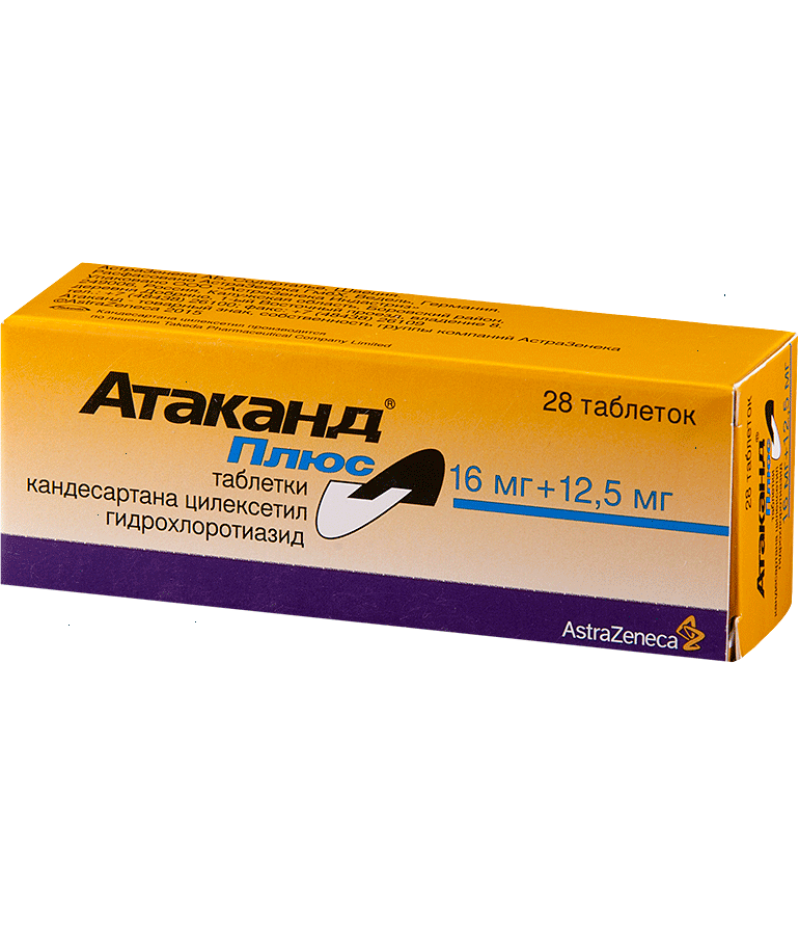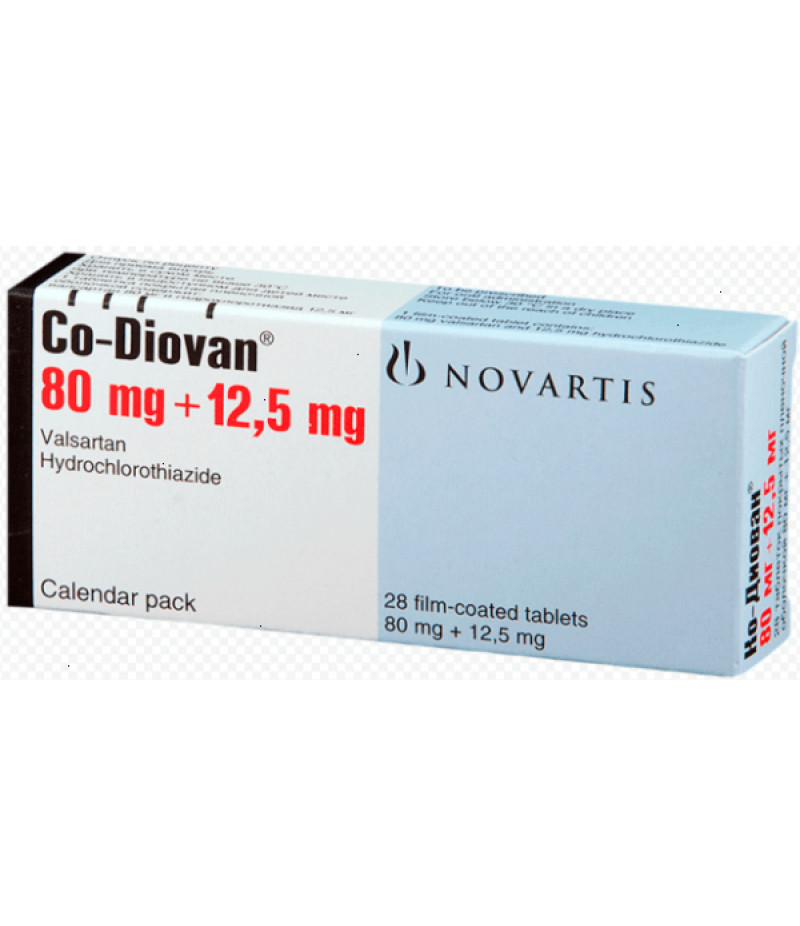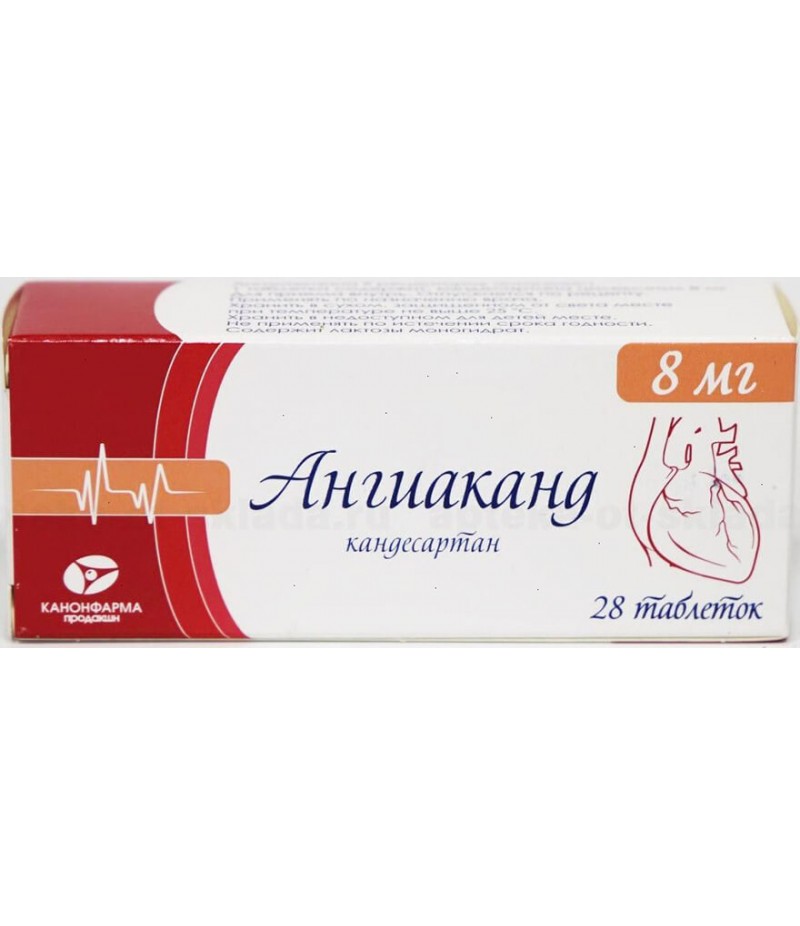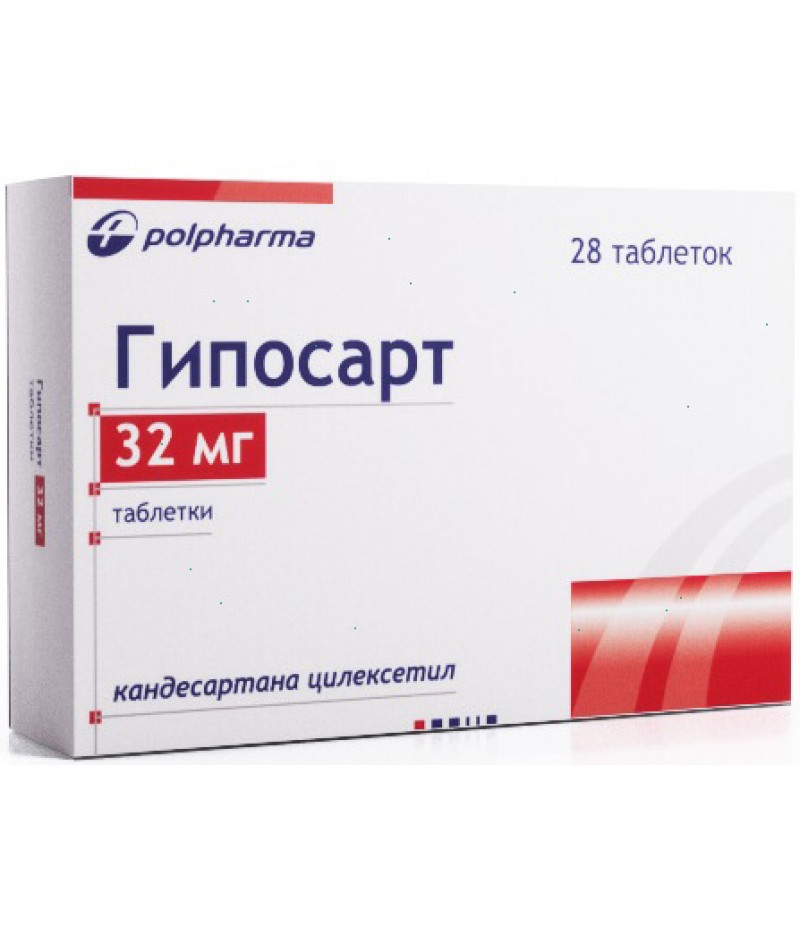Atacand 16mg #28
- $85.42
- 2 or more $82.30
- 3 or more $78.90
- Availability:In Stock
Atacand user manualYou can buy Atacand hereAtacand is a representative of antihypertensive agents from the group blocking the receptors of angiotensin II (AT1-subtype), effectively reducing blood pressure.Form of release and compo..
Tags: tabs
Atacand user manual
You can buy Atacand here
Atacand is a representative of antihypertensive agents from the group blocking the receptors of angiotensin II (AT1-subtype), effectively reducing blood pressure.
Form of release and composition:
Atacand is available in the form of biconvex tablets of pink color with a risk and engraving on both sides, which depends on the dose of the active substance.
In a tablet containing tsileksetila candesartan 8 mg, on one side is visible engraving "008", and on the other "A" above the line and "CG" under the dash.
A tablet containing 16 mg of cilexetil candesartan has the inscription "016" on one side, with the reverse - "A" above the line and "CH" under the bar.
The tablet containing 32 mg of cilexetil candesartan has the inscription "032" on one side, on the other - "A" above the line and "CL" under the bar.
Auxiliary ingredients: carmellose calcium salt (carmellose calcium), lactose monohydrate, corn starch, magnesium stearate, iron dye red oxide, hydroxypropylcellulose, macrogol.
Mechanism of action:
Atacand (candesartan) refers to one of the modern means that block the effect of angiotensin II on AT1 receptors
. Angiotensin II plays a key role in the pathological process of arterial hypertension, heart failure and other vascular diseases. It is this hormone that helps reduce the lumen of the vessels due to the narrowing effect, the additional production of aldosterone, which leads to fluid retention in the bloodstream and tissues. The effect of angiotensin II on receptors located mainly in the blood vessels and tissues of the body leads to a sharp increase in blood pressure indicators.
After applying a therapeutic dose of candesartan, the peripheral vascular resistance decreases. At the same time, there is no noticeable effect on the heart rate. Due to the fact that Atacand does not block the angiotensin-converting enzyme, patients practically do not have a cough. The antihypertensive effect develops within two hours and lasts throughout the day. The maximum effect of candesartan develops within one month.
It is proved that Atacand reduces mortality, as well as the development of such dangerous conditions as myocardial infarction and stroke. Long-term use of the drug does not adversely affect the level of glucose and lipid metabolism.
Indications for use:
arterial hypertension;
violation of the contractile function of the left ventricle against the background of heart failure;
additional or alternative therapy with the use of angiotensin converting enzyme inhibitors.
Contraindications
Absolute contraindications:
increased individual sensitivity to candesartan or one of the auxiliary components;
period of pregnancy and breastfeeding;
age to 18 years.
With caution, the drug is used for severe violations of the kidneys, liver and cholestasis, chronic heart failure, stenosis of the renal arteries, aortic or mitral valve, hyperkalemia, reduced volume of circulating blood.
Dosing and Administration
Atacand is taken orally once a day, regardless of food intake.
With arterial hypertension, the initial dose of candesartan is 8 mg. If necessary, the dose may be increased to 16 mg per day. Strengthen the action of Atacanda can be with diuretic drugs, angiotensin converting enzyme inhibitors or beta-blockers.
Atacand's dose adjustment when used in old age is not needed. For severe impairment of kidney or liver function, treatment should be started with 4 mg candesartan.
With heart failure, candesartan is started with 4 mg. The dose can be doubled every two weeks and reach 32 mg per day.
Side effects
In therapeutic doses, Atacand is usually well tolerated. In certain cases, the following negative effects may appear:
headache, dizziness, weakness;
lumbago, back pain, muscles and joints;
symptoms similar to the flu: rhinitis, cough, sore throat, increased likelihood of developing respiratory infections;
edema;
nausea, pain in the abdominal cavity;
allergic reactions: rash, hives, itching;
impaired renal and hepatic function;
increase the concentration of potassium, sodium, creatine and urea in the blood.
In cases of overdose, a sharp drop in blood pressure is observed. Usually, such conditions require symptomatic treatment and rarely require serious medical attention.
Terms and conditions of storage
The drug should be stored out of the reach of children at a temperature of not more than 300C. Shelf life of Atacanda is 36 months.





